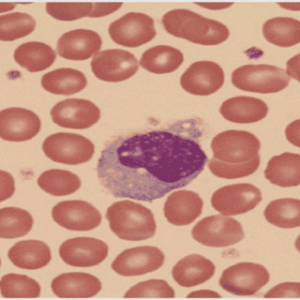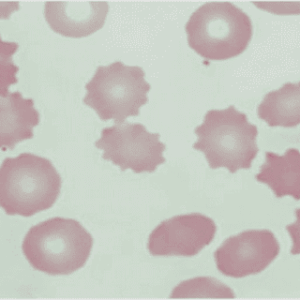(Downloads - 0)
For more info about our services contact : help@bestpfe.com
Table of contents
Chapter 1.1 Proteins sustaining arbuscular mycorrhizal symbiosis: falling silent for function reveals a new generation of underground-working desperate housewives
Summary
I. Casting
II. Fashion victims: copy and paste for guest entry between AM symbiosis and more recently evolved plant interactions
1. The dress code to make friends: branching out before symbiont contact
2. Holding a reception
III. Home sweet corner. A 400-Myr old but any rest housekeeping investment to accommodate arbuscules
1. Gossip girls for signalization
2. Interior designers for membrane biogenesis and protein trafficking
3. On a permanent slimming diet: the phosphate price for success
4. Shopping centre addiction: the fuel dispenser
5. The face pack of house-keepers: a plastid-derived colored and hormonal control.
IV. The gardener, the chemist, and the trader as desperados’ serial lovers. -“Because mycorrhiza worth it”:
Chapter 1.2 Gel-based and gel-free quantitative proteomics approaches at a glance
Abstract
1- Introduction
2- Gel-based proteomics
2.1- Two-dimensional gel electrophoresis (2-DE): the workhorse of proteomics
2.2- Electrophoretic separations of native proteins
2.3- One-dimensional gel electrophoresis (1-DE): the birth of proteomics
3- Proteomics: from gel-based to gel-free techniques
4- Peptide fractionation procedures
4.1- Ion-exchange chromatography (IEC)
4.2- Reversed-phase chromatography (RP)
4.3- Two-dimensional liquid chromatography (2D-LC)
4.4- OFFGEL electrophoresis (OGE)
5- MS-based quantitation
6- Overview of label-based proteomic approaches
6.1- Chemical labelling
6.1.1- Proteolytic labelling
6.1.2- Isotope-Coded Affinity tags (ICAT)
6.1.3- Isotope-Coded Protein Labelling (ICPL)
6.1.4- Isobaric Tags for Relative and Absolute Quantification (iTRAQ).
6.1.5- Tandem Mass Tag (TMT)
6.2- Metabolic labelling
6.2.1- Stable Isotopic Labelling with Amino Acids in Cell Culture (SILAC)
6.2.2- 14N/15N labelling
7- Label-free quantitative proteomics
7.1 Spectral counting
7.2- Spectral peak intensities
7.3- Data-independent analysis (DIA)
8- Conclusion
Acknowledgements
Objectives and outline
Results & discussion
Chapter 2 Optimization of iTRAQ labelling coupled to OFFGEL fractionation as a proteomic workflow to the analysis of microsomal proteins of Medicago truncatula roots
Abstract
Background
Results and discussion
Experimental design
In-filter protein digestion
Peptide isobaric tagging
Peptide OGE fractionation
iTRAQ impact on peptide OGE fractionation
Acidic and basic amino acid distribution per peptide
iTRAQ impact on peptide elution time
Conclusions
Methods
Biological material and growth conditions
Microsomal protein extraction
In-solution protein digestion
iTRAQ peptides labelling
Peptide OGE
LC-MS/MS analysis
Abbreviations
Competing interests
Authors’ contributions
Acknowledgements
Chapter 3 Performance of isobaric labelling in quantitative proteomics of arbuscular mycorrhized Medicago truncatula roots
Abstract
Introduction
Materials and methods
LC-MS/MS analysis
Results and discussion
Proteomic analysis design for in-depth differential quantitative study.
Comparison of peptide and protein identification results
Protein abundance changes and iTRAQ labelling accuracy.
Conclusion and future prospects
Chapter 4 A label-free 1-DE-LC-MS/MS workflow for inventorying the root microsomal proteome and its modifications upon arbuscular mycorrhizal symbiosis in the plant-microbe interacting model legume Medicago trunc
Graphical abstract
Abstract
Introduction
Material and methods
Biological material and growth conditions
Root microsomal protein extraction
Sample pre-fractionation using 1-DE
LC-MS/MS analysis
Protein identification and quantification
Protein sequence feature prediction
Results and discussion
Biological parameters, protein identification and curation
The microsomal proteome of R. irregularis-inoculated roots qualitatively resembles that of nonmycorrhized plants, thereby defining a core-set of membrane proteins in M. truncatula
AM symbiosis quantitatively modifies the root membrane proteome of M. truncatula.
Conclusions
Acknowledgments
Chapter 5 General discussion, conclusion and perspectives
References



